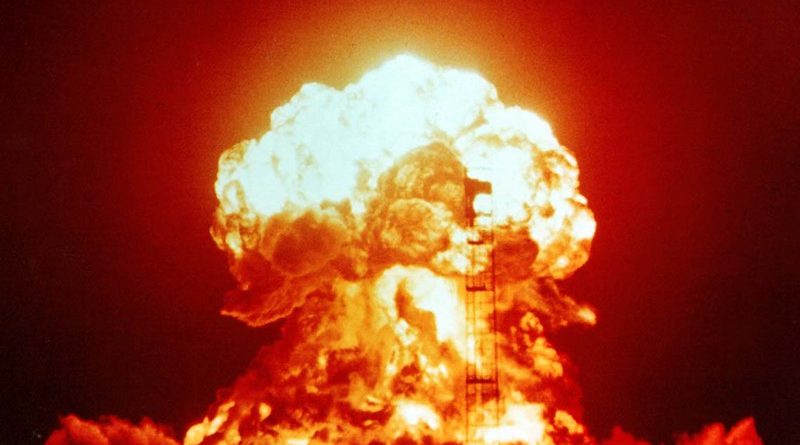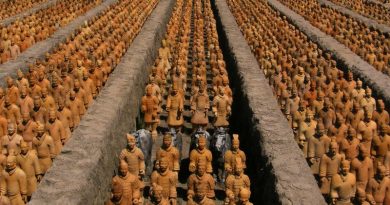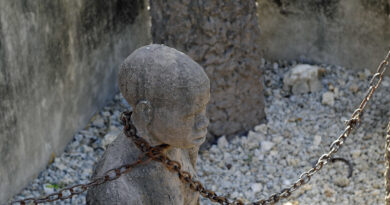Nuclear Testing in Nevada
An important part of the nuclear age occurred at the Nevada Test Site (NTS), now known as the Nevada National Security Site (NNSS). Between 1951 and 1992 a total of 928 nuclear tests were conducted at the NTS, 828 of which were underground.
The Nevada Test Site (NTS), 65 miles north of Las Vegas, was one of the most significant nuclear weapons test sites in the United States.
Nuclear testing, both atmospheric and underground, occurred here between 1951 and 1992. After World War II, the U.S. government established the Atomic Energy Commission (AEC) to monitor the development of atomic science and technology. The 1950s became a period of rapid expansion for U.S atomic weapons. Fear of the Soviet Union increasing their atomic weapons, and the belief that building up nuclear arms could help establish U.S. power, contributed to this rapid expansion.
In 1950 the AEC considered many sites for U.S. nuclear weapons development and effects testing. They then selected the Las Vegas Bombing and Gunnery Range.
President Harry Truman authorized the establishment of a 680 square mile portion of the Range as the Nevada Proving Ground. Under the authority of President Truman, the AEC then designated, and managed, this land. In 1955, the name of the site was changed to the Nevada Testing Site. Overtime the site rapidly grew in size.
The next year nuclear testing at the NTS officially began with the detonation of Shot Able, a 1-kiloton bomb. Over the next 40 years the U.S. government conducted a total of 1,000 nuclear tests here- 100 were atmospheric, and the rest were carried out underground. Test facilities for nuclear rocket and ramjet engines were also constructed and used from the late 1950s to the early 1970s.
The AEC originally intended for the NTS to be a testing site where quick experiments could be conducted with small scale nuclear bombs. The results ideally would then lead to the development of bigger atomic bombs and advanced thermonuclear weapons. In reality, largescale atmospheric tests became common and lasted for nearly 12 years.
Mushroom clouds from the atmospheric tests could be seen up to 100 miles away in the distance. This led to increased tourism for Las Vegas, and throughout the 1950s and early 1960s the city capitalized on this interest. Many guests could see clouds, or bursts of light from hotel windows, and the hotels promoted these sights. Some casinos also hosted “dawn parties” and created atomic themed cocktails, encouraging visitors to view the tests. Calendars throughout the city also advertised detonation times, as well as the best viewing spots to see flashes or lights or mushroom clouds.
Limited Test Ban Treaty
The atmospheric nuclear tests caused concern about potential health effects on the public, and environmental dangers, due to nuclear fallout. As a result, the last atmospheric test occurred in 1962. Then in 1963, President Kennedy, along with the United Kingdom and the Soviet Union, signed the Nuclear Test Ban Treaty. This prohibited nuclear weapons tests and nuclear explosions underwater, in outer space, and in the atmosphere. Underground testing was still permitted.
Nuclear Fallout
There have been various debates over how much radiation exposure and nuclear fallout were caused by tests conducted at the NTS. Health issues suffered by individuals exposed to radiation has become a controversial topic. Some critics believe the government always knew of potential dangers and health risks that radiation could cause to those who lived near the site. Others argue that the test site brought in revenue to Nevada and created economic benefits for the state, and that the government was not fully aware of the health risks.
Destination: USA / nevada




